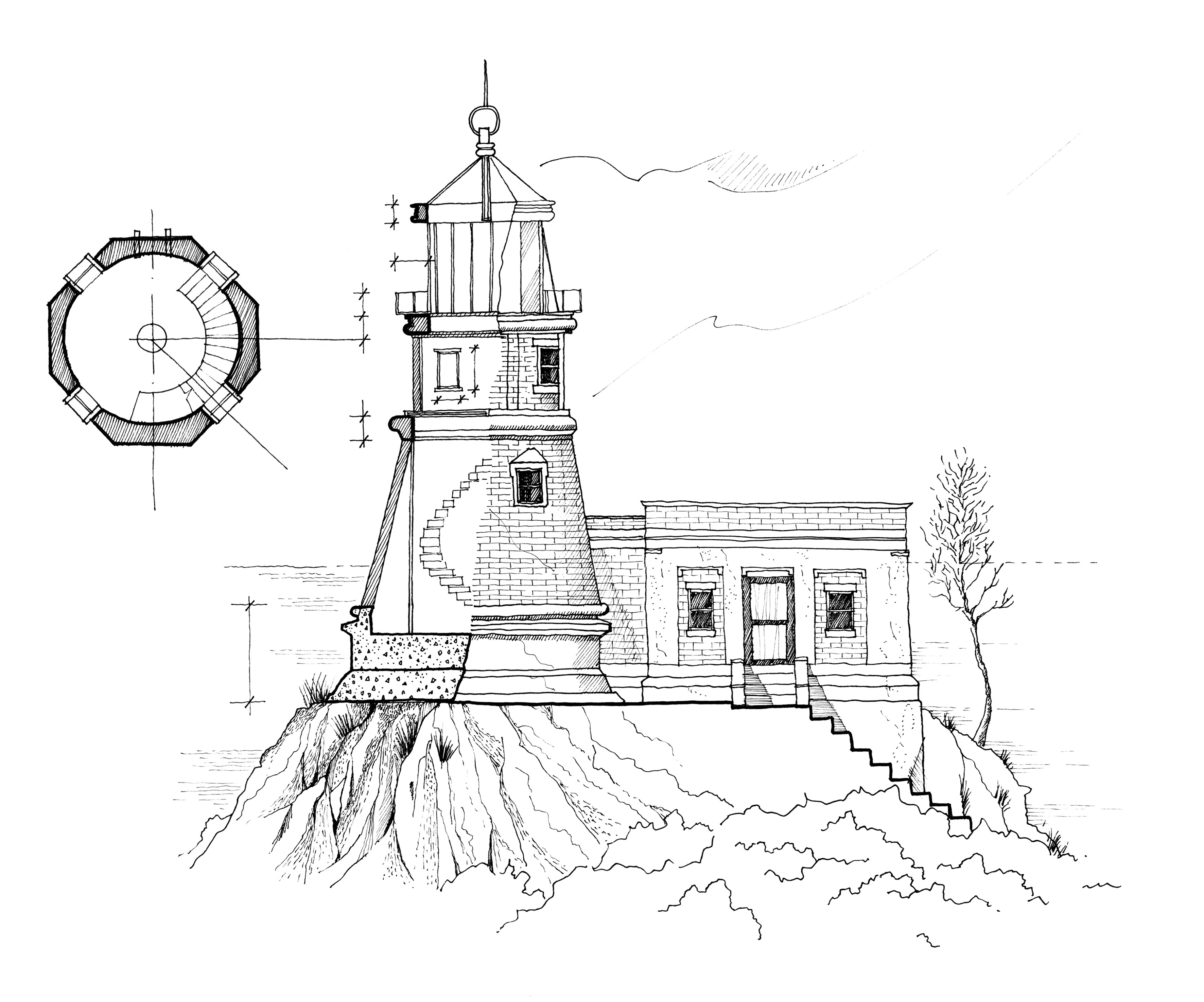Words by Daniel Nielson
‘A basic error with travel writing is assuming everybody’s interested. You have to work from exactly the opposite assumption: nobody is interested. Even your wife is not interested. You have to somehow make it so that they become interested.’ —Bill Bryson
Every time we write – whether starting a book,
beginning a blog post or even writing a quick update on social media –
we always read this insightful quote from travel-writing guru Bill
Bryson first. You could have just had the most incredible and
life-changing travel experience in the world, but no-one really wants to
hear about it. Harsh words perhaps.
Our job, as writers, is to
tease, to force and jostle readers into noticing what we’ve got to say
and make them listen and want to hear every word, from the beginning
right through to the end.
The all-important intro
The first line is critical. This is the part in any travel or adventure piece that really sucks a reader in, and is the only thing that stands between you and the reader turning over to the next page – so it’s vital you nail this to get them to keep on reading.
There are five main types of intro that you can use:
One-sentence opener
This is a single punchy phrase or statement that captures our attention.
In medias res
This is probably the most commonly used opening in travel writing. The phrase is Latin, which translates as ‘in the middle of things’. Think of a Tarantino movie or even a Shakespearean play like Hamlet. They don’t start at the beginning of the story; instead they start right in the midst of a dramatic scene.
Strong quote
Next up is the strong quote harvested from someone you met on your travels or a teammate on an expedition. This is why taking good notes and writing snippets of dialogue down is so important. Sometimes you’ll know straight away. Someone will utter something and it will hit you like a bullet – that’s the opening quote!
Delayed drop
Similar to that in medias res intro, this opener thrusts the reader into a situation rather than immediately giving it context. The ‘reveal’ or punchline is only given a few paragraphs later. This teases the reader, urging them to read on. Before slowly and deliberately hitting them – bam! – with the key information.
Narrative/story focused
This technique embodies the definition of storytelling, such as that used in bedtime books for children. It draws the reader into a particular event or situation that is happening by focusing on a person or something you are doing as the narrator. It pulls you in because it’s describing the character or the scene that they desperately want to be in – rather like in medias res.
Narrative structure 101
To simplify things, let’s look at exactly how you break up a travel narrative into a simple structure.
Beginning – catch the attention of the reader and hint what is to come, set out ‘the mission’ – the whys and wheres – forces the reader to read on.
Middle – elaborates, brings in characters, thoughts, twists, and keeps the reader interested.
Ending – concludes the whole story, reiterates what’s been achieved, answers all questions posed, leaves the reader satisfied.
.This may seem like a straightforward way to write, but there is a bit more to it than that. We’ve already covered the first part – the beginning – and seen how getting the intro right (or indeed wrong) can effect whether or not people carry on reading, but with a travel narrative, the intro isn’t the only important bit. To keep the reader reading you need to work just as hard at maintaining their interest and that means keeping a sense of pace.
Keep asking yourself: does this sentence move me forward in the story? It doesn’t have to be chronological, but it does have to make sense. If you start somewhere in the middle of the action make sure you get to that opening point eventually somewhere within the narrative.

The perfect ending
You’ve grabbed your readers with a strong introduction, pulled them along with a mix of showing and telling, quotes and sharp descriptions of people and places, so now it’s important you end it well to make them feel satisfied that they opted to stick with you for the whole journey.
You should know your ending before you even start writing – or at the very least know where you’ll get to. The important thing is that you leave yourself time (around three paragraphs) to slow down towards the end. The pace should begin to wind down, to conclude, to alert readers to the fact that you are reaching the finale.
Try to be original – no ‘I knew I would return’ (the travel writer’s equivalent of ‘happily ever after’). If possible, loop back to the beginning and nod to your mission. Remember some of the intros we looked at before?


